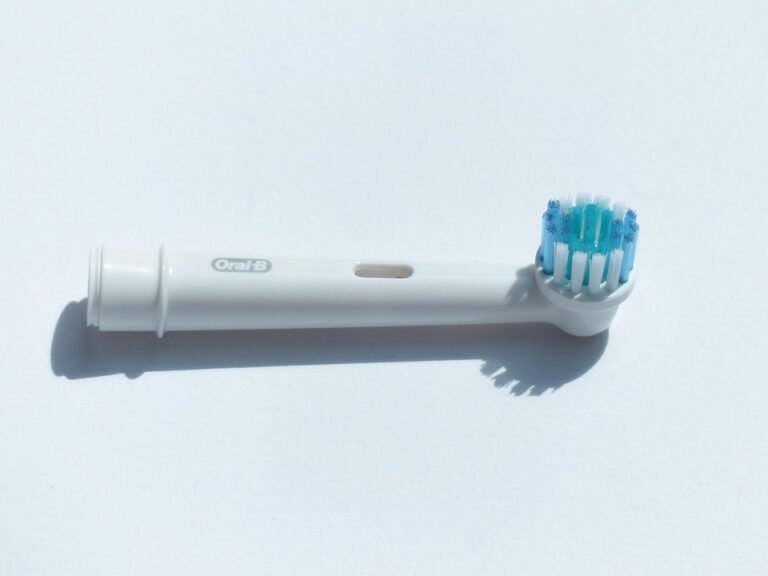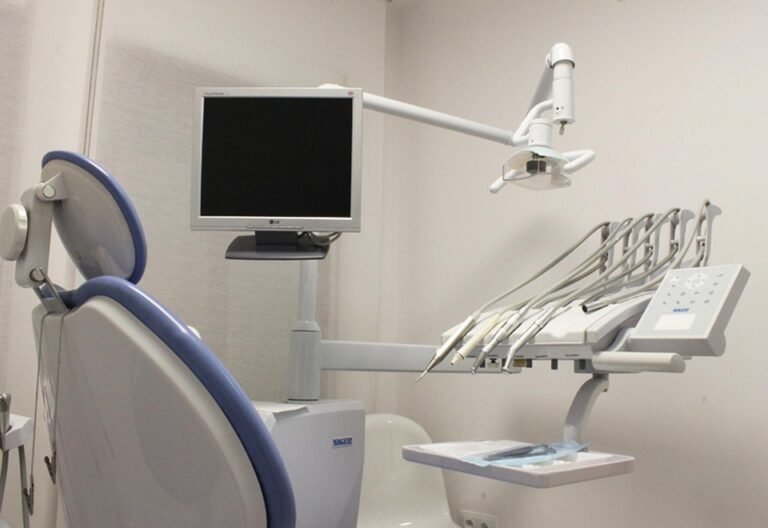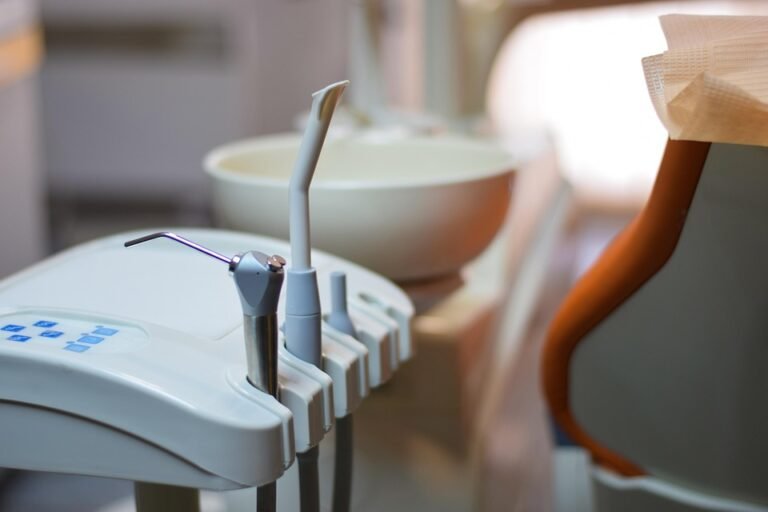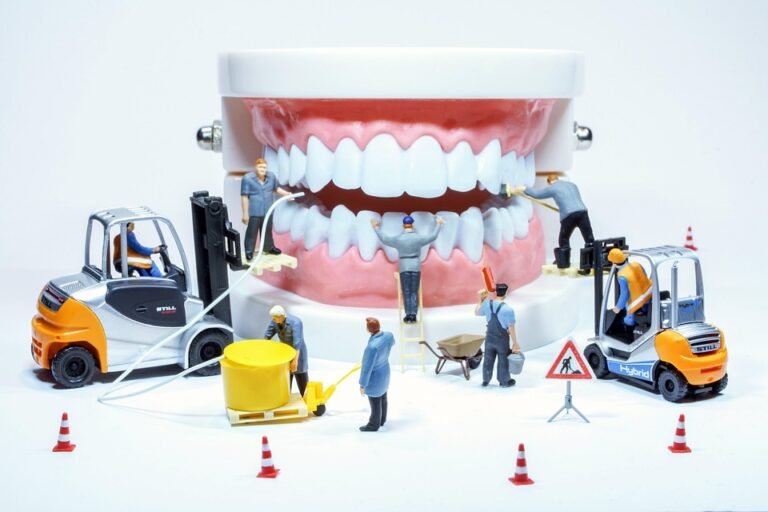How can I educate my audience about dental hygiene
Okay, so I’m a YouTuber. I primarily make videos about lifestyle stuff – fashion, beauty, cooking, sometimes travel. I want to branch out and do a series on health and wellness, and I think a good starting point would be dental hygiene. It’s important, everyone can benefit from it, and it’s not too intimidating of a topic.
My problem is, I’m not a dentist! I know the basics – brush twice a day, floss, see a dentist regularly – but I want to make sure the information I’m putting out is accurate and helpful. I don’t want to spread misinformation.
So, how can I educate my audience about dental hygiene effectively? What resources should I be looking at to make sure my information is correct? What are some engaging ways to present the information that will keep people watching? I’m thinking beyond just a talking head video – maybe some fun graphics, demonstrations, or even interviewing an expert? Any tips on how to make dental hygiene… exciting? Thanks!
Answer
To effectively educate your audience about dental hygiene, consider employing a multi-faceted approach that leverages various channels and techniques. Here’s a detailed breakdown of strategies you can use:
1. Identify Your Target Audience and Tailor Your Message:
- Demographics: Consider age, socioeconomic background, education level, and cultural factors. A campaign for children will differ significantly from one aimed at adults.
- Existing Knowledge: Assess their current understanding of dental hygiene. Are you starting from scratch, or are you building upon existing knowledge?
- Specific Needs: Identify common dental problems or concerns within your audience (e.g., gum disease in older adults, cavity prevention in children).
- Language: Use clear, concise language appropriate for your audience. Avoid jargon or technical terms unless you define them. If relevant, translate materials into other languages.
2. Content Creation: Develop Engaging and Informative Materials:
- Blog Posts and Articles: Create informative articles on topics such as brushing techniques, flossing, the importance of fluoride, the link between diet and oral health, and specific dental conditions. Break down complex information into easy-to-understand steps. Include visuals like images and videos. Optimize for search engines to improve discoverability.
- Infographics: Visually appealing infographics are excellent for conveying complex information quickly. Use them to illustrate proper brushing techniques, the impact of sugar on teeth, or the stages of gum disease.
- Videos: Create videos demonstrating proper brushing and flossing techniques. Produce short, engaging videos addressing common dental myths or answering frequently asked questions. Consider live Q&A sessions with dental professionals.
- Social Media Posts: Use social media platforms to share bite-sized information, tips, and reminders. Create engaging content using images, videos, and interactive polls. Run contests and giveaways to encourage participation.
- Educational Brochures and Pamphlets: Create informative brochures and pamphlets that can be distributed in dental offices, schools, community centers, and health fairs. Include information on specific dental conditions, preventive measures, and recommended dental care practices.
- Presentations and Workshops: Offer presentations and workshops to schools, community groups, and workplaces. These provide a more interactive learning experience and allow for questions and answers.
3. Channels of Distribution: Reach Your Audience Where They Are:
- Website and Blog: Create a dedicated section on your website for dental hygiene information. Regularly update it with new content.
- Social Media Platforms: Utilize platforms like Facebook, Instagram, Twitter, YouTube, and TikTok to reach a broad audience. Tailor content to each platform’s specific audience and format.
- Email Marketing: Build an email list and send out regular newsletters with dental hygiene tips, articles, and promotions.
- Partnerships: Collaborate with dentists, dental hygienists, schools, community centers, and health organizations to reach a wider audience.
- Local Events: Participate in health fairs, community events, and school events to provide dental hygiene education and screenings.
- Public Service Announcements (PSAs): Create PSAs for radio, television, and online platforms to raise awareness about the importance of dental hygiene.
- Mobile Apps: Develop a mobile app with reminders for brushing and flossing, educational games, and access to dental hygiene information.
4. Key Topics to Cover:
- Brushing Techniques: Demonstrate the correct way to brush teeth, including the proper angle, pressure, and duration (2 minutes). Emphasize the importance of reaching all surfaces of the teeth.
- Flossing Techniques: Show how to floss effectively between teeth and under the gum line. Explain the importance of flossing daily to remove plaque and food particles.
- The Importance of Fluoride: Explain how fluoride strengthens teeth and helps prevent cavities. Discuss sources of fluoride, such as toothpaste, mouthwash, and fluoridated water.
- Diet and Oral Health: Discuss the impact of sugary and acidic foods and drinks on tooth enamel. Provide tips for making healthier food choices.
- Regular Dental Checkups: Emphasize the importance of regular dental checkups and cleanings for preventing and detecting dental problems early.
- Specific Dental Conditions: Provide information on common dental conditions, such as cavities, gum disease, oral cancer, and teeth grinding. Explain the causes, symptoms, and treatment options.
- Oral Hygiene for Children: Offer guidance on how to care for children’s teeth, including when to start brushing, the use of fluoride toothpaste, and the importance of regular dental visits.
- Oral Hygiene for Seniors: Address the unique dental needs of seniors, such as dry mouth, gum recession, and denture care.
- The Link Between Oral Health and Overall Health: Explain the connection between oral health and overall health, including the link between gum disease and heart disease, diabetes, and other systemic conditions.
- Products and Tools: Educate the audience about different types of toothbrushes (manual vs. electric), toothpaste, floss, mouthwash, and interdental brushes.
5. Interactive Elements and Engagement Strategies:
- Quizzes and Polls: Use quizzes and polls to test knowledge and engage the audience.
- Q&A Sessions: Host live Q&A sessions with dental professionals to answer questions and address concerns.
- Interactive Games: Create interactive games to teach children and adults about dental hygiene in a fun and engaging way.
- Personal Stories and Testimonials: Share personal stories and testimonials from people who have benefited from good dental hygiene practices.
- Challenges and Contests: Launch challenges and contests to encourage people to adopt healthy dental habits.
- User-Generated Content: Encourage the audience to share their own dental hygiene tips and experiences.
6. Measuring Success and Making Adjustments:
- Website Analytics: Track website traffic, page views, and engagement metrics to assess the reach and effectiveness of your online content.
- Social Media Analytics: Monitor social media engagement, reach, and follower growth to evaluate the performance of your social media campaigns.
- Surveys and Feedback Forms: Conduct surveys and collect feedback from your audience to identify areas for improvement.
- Dental Checkup Data: If possible, work with dental professionals to track changes in oral health indicators in the target audience.
- Adjust Your Strategy: Based on the data you collect, adjust your content, channels, and engagement strategies to improve your educational efforts.
7. Reinforce the Message and Promote Long-Term Behavior Change:
- Regular Reminders: Send out regular reminders to brush and floss.
- Positive Reinforcement: Provide positive reinforcement for adopting healthy dental habits.
- Make it Easy: Make it easy for people to access dental care and purchase dental hygiene products.
- Lead by Example: Promote dental hygiene within your own community and encourage others to do the same.
By implementing these strategies, you can effectively educate your audience about dental hygiene and promote healthier habits for a lifetime of smiles.






